Vemar CKQI Bluetooth Motorcycle Helmet
Unique looks and modular design with removable chin bar looks good both ways.
Excellent Bluetooth system that’s easy to use and seems to pair with anything thrown at it.
Good build quality. Narrow internal shape and very thin padding mean it may not fit everyone.
If, according to Merriam-Webster, one of the definitions of irony is “incongruity between the actual result of a sequence of events and the normal or expected result”, then we have it here.
What’s the irony? Well, there are two actually.
First, while almost every one of the portable Bluetooth intercom and communications systems we’ve reviewed has one fault or another that make for an extremely trying experience, the Vemar CKQI beats them all.
The Bluetooth system on the Vemar CKQI works consistently; it’s very easy to use; it seems to have no problem pairing with any other type of Bluetooth device; and on top of all that, it has true stereo capability!
So if a helmet manufacturer can build a Bluetooth system that works beautifully, why can’t a dedicated Bluetooth communications company?
Note to Cardo, IMC, Midland and the rest: You may want to pay a visit to Vemar to see how they do it.
No doubt Vemar subs out the design and development of the Bluetooth system to an electronics company partner.
But if so, that company should replicate the Vemar CKQI Bluetooth system in a portable unit and sell it to frustrated motorcyclists.
Although the same bet says that Vemar has (or should have) a contract that prevents this from happening. Good on ya’, Vemar!
We’ve been pretty chilly on built-in Bluetooth systems in the past, because they lock the owner in to both the helmet and the system. Sell the helmet and bye-bye Bluetooth.
But the Vemar system has made us a built-in believer.
If a system can work this well and have stereo speakers that are so integrated you don’t even know they’re there, and have a decent microphone without any fuss on the owner’s part, well…why not?
Yes, sir. But there is a “but”, remember? And that second irony.
The only issue we have with the CKQI, and the biggest irony of all, is that the helmet falls short on the one thing you’d think Vemar should have nailed: the helmet itself.
The problem is that the CKQI has an internal shape that seems tight on top and wider towards the bottom. We have both a size large and extra-large on hand, so one or the other should fit correctly, but they don’t.
Motonation, the U.S. Vemar distributor, describes the internal shape by saying “The CKQI features a mid-oval shell shape which offers a more generous fit front to back and more snug fit ear to ear”.
The narrow fit is fine — as long as it fits. But we think the helmet would find a lot more heads to rest on if it had a neutral internal shape. The tight fit on top is compounded by very thin internal padding.
So motorcyclists searching for the perfect Bluetooth system who can also fit into a CKQI will be happier than a pig in a petting zoo. For the rest of us, well, just make sure you try on the helmet first.
Where to Buy Vemar CKQI Helmet
Check Reviews & Prices on Amazon Check Reviews & Prices On RevZillaSee More Motorcycle Helmets, Motorcycle Visor, Motorcycle Intercom
The Jiano Secret
But there’s a secret trick, folks. We reviewed the Vemar Jiano flip-up a while back, which has really grown on us (a figure of speech, of course!) and is a solid-feeling helmet with that elusive neutral shape.
And the Jiano is now also available with a Bluetooth comm system.
If it’s the same system used in the CKQI (UPDATE: Confirmed that it is!), then the Jiano would be the helmet to get if you’re looking for a solid Bluetooth-capable system built into a solid flip-up helmet.
Of course, you’d be giving up the far-out styling of the CKQI — which may or may not be a good thing, depending upon your preference.
But the Jiano is probably the more versatile helmet anyway, and its neutral shape should fit a wider variety of head shapes.
Vemar CKQI Paint, Graphics and Overall Quality
We ran a “First Look” on the Vemar CKQI only three months ago, in May of 2009. Now the helmets are here and ready for sale.
The CKQI definitely has a shape you don’t see every day.
It’s a polarizing style — some will love it, some will not. We think Vemar should have called it “The Mantis” instead of the more prosaic “CKQI”!
We’re big fans of different and unique, and the CKQI has it, in spades. The helmet feels solid and the silver metallic paint is perfectly applied on our pair, along with a thick-feeling layer of clear coat.
The CKQI (or “CiKiQui”, pronounced as “Chee-Kee-Kwee”) also fits our definition of a true modular helmet, because it’s convertible from an open-face to full-face with the included chin bar.
It’s one of the few modular helmets that looks good in either guise, but we’ve been wearing them almost exclusively in the open-face format, due to the very hot and humid August local weather.
What few buttons and switches there are on the helmet have a solid and quality feel.
The 2.2 mm thick visor that gives the CKQI its Manteodean visage features lifting tabs on both sides and a solid feel as it clicks through its three detents on the way up and down.
The removable chin bar is easy to insert but a bit too easy to remove; it can be pulled out of the helmet with little effort, which is rather disconcerting.
We assume the CKQI was homologated as an open-face helmet, thus the chin bar is basically for looks and bug shielding anyway and perhaps not designed to offer much in the way of crash protection.
It does feature permanently-open mesh-covered vents.
The Bluetooth buttons, all two of them are simply, easy to use, raised appropriately from the surface of the helmet for quick locating and they have a solid feel. Curiously, they’re on the right side of the helmet, rather than the left.
This may be due to the placement of the slider for the internally rotating sun visor, which is located on the left.
Placing the Bluetooth buttons on the right means the rider must move the right hand off the throttle to press the buttons when required. But, since you shouldn’t be making or taking calls anyway when riding, this is no biggie, right?
And one more thing: the CKQI carries a 5-year warranty, which is excellent!
Score: We give the Vemar CKQI helmet a “Very Good” rating for overall quality, surface finish and clear coat and fit and finish. See the ratings descriptions in the summary table at the end of this page.
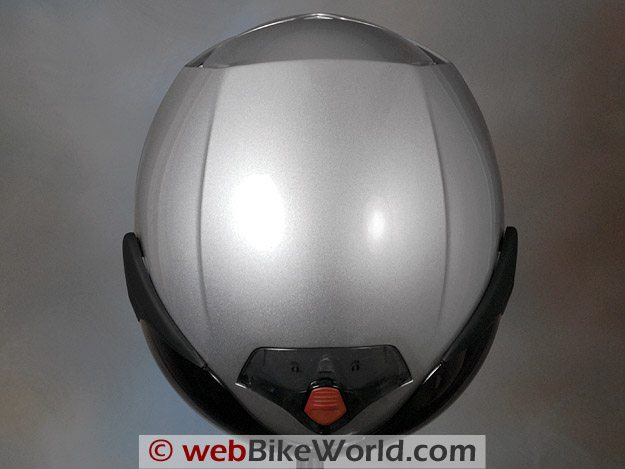
Vemar CKQI Helmet Fit. Internal Shape and Comfort
The CKQI has an internal shape that’s hard to characterize. It is described as “a mid-oval shell shape which offers a more generous fit front to back and more snug fit ear to ear.”
The helmet feels round enough inside, but there’s a narrow band up towards the top that fits very tightly on some riders.
Generally speaking, the shape feels like it might be best suited to someone with a narrow head at the top but rounder towards the sides or front.
The padding is adequate around the bottom of the helmet, but thin towards the top.
The edges of the EPS liner can be felt just inside the eye port on either side. It seems like the shell could have been bigger, allowing the designers to stuff in more…stuffing.
Vemar used two thermoplastic shell sizes across the range of XS to XXL and the lining thickness may vary, depending upon which shell was used on your helmet size.
But if your head shape matches the helmet’s internal shape, it’s not bad at all; just don’t expect the padding to be Arai plush — or even Vemar VTXE (review) plush.
The size XL feels like it runs about 1 size small, but the non-average internal shape skews the fit for us. Like all helmets, it’s best to try before you buy.
The helmet shell feels very stiff, with little flex towards the bottom, which gives an overall feeling of quality and safety. The CKQI has both a CE and DOT label on the rear, again probably homologated as an open-face only.

CKQI Fit and Sizing
We think the size XL CKQI should fit about a 59.0 to 60.0 circumference head with a mid- to long-oval head shape.
Because the internal shape feels different than many or most of the helmets we’ve reviewed, it’s a bit difficult to characterize with our Internal Shape Estimator above, so again, make sure you try on a CKQI first to see if it will fit you.
Why Vemar didn’t give this helmet a more neutral shape that would fit a wider variety of riders is puzzling, but don’t forget, if you’re looking for Bluetooth capability, the Vemar Jiano (review) is now available with what we assume is the same Bluetooth system.
A thin pair of wire-framed sunglasses can fit while wearing the helmet, depending, of course, on the rider’s head shape and its match to the helmet.
So like always, eyeglass fit will vary, depending upon the head shape and eyeglass type.
In general, the CKQI is comfortable when it matches the rider’s head shape, but it has a pressure point up around the top when worn by round-headed riders.
As always, make sure you try the helmet on before buying, and try a variety of sizes. The smallest size that fits comfortably is usually the safest.
For more information on choosing and fitting a motorcycle helmet, please see the wBWMotorcycle Helmet FAQ page, which also includes a discussion on head shapes.
Score: We’ll give the CKQI a “Good” rating for conformance to fit and liner comfort.
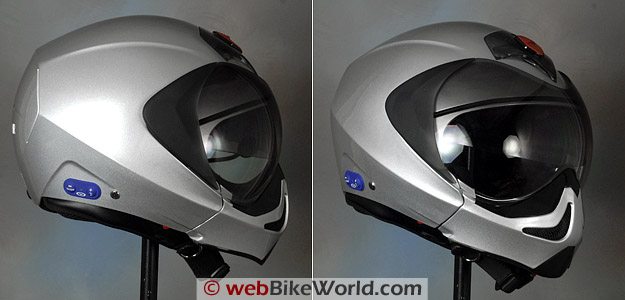
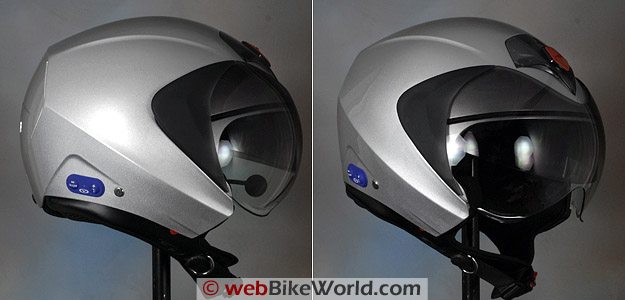
Where to Buy Vemar CKQI Helmet
Check Reviews & Prices on Amazon Check Reviews & Prices On RevZillaSee More Motorcycle Helmets, Motorcycle Visor, Motorcycle Intercom
Bluetooth Functionality, Speakers and Communications
The speakers in the CKQI are so well hidden we’re not even sure where they are. However, it is important, we discovered, to make sure the speaker pockets fit closely to the rider’s ears for best fidelity.
We found that too much of a gap between the rider’s ears and the speakers can quickly degrade the sound volume and quality. So make sure when you try on the helmet that the speakers fit snugly against your ears.
The microphone is on a stalk that is adjustable for reach; it can be extended by pulling it out of the helmet.
It doesn’t quite reach the mouth, but seems to have no problem picking up sound.
It does stick out there in the air, under the visor, when the helmet is being used in open-face mode, and it probably would have been better if Vemar had included a wind block towards the front.
We ran a series of trials on different bikes to see how the sound might be affected by wind and turbulence.
Aand although there is wind noise evident when the rider is talking, as long as the CKQI on the rider receiving the comm is snug so the speakers are tight against the ear, we had no trouble communicating.
The Bluetooth functionality is excellent, in our opinion, and the entire package works better than any of the portable Bluetooth systems we’ve reviewed (reviews and info here).
The CKQI system paired with every Bluetooth device we tried, including a brand-new Sony TMR-BT10A Bluetooth adapter (review coming soon).
Also a Samsung Bluetooth MP3 player, two older Motorola cell phones and two different versions of the Casio G’zOne 810F mil-spec cell phone.
The helmet comes with a separate Bluetooth instruction manual, printed in 5 languages. It’s refreshingly clear and easy to understand.
The buttons on the helmet that control the Bluetooth system have a solid feel and they turn the unit on; place it into pairing mode; change the volume (using both) or answer a cell phone (front).
To pair the helmet with any Bluetooth device, press the on/off button and hold it past when the blue light comes on to put the system in pairing mode, where the blue light blinks rapidly.
Put the matching device (or other CKQI helmet) in pairing mode and wait a couple of seconds and that’s all there is to it. It reconnects with everything we paired it with every time.
The intercom works very well and although we’re not sure about the officially claimed communication distance, depending upon circumstances, it works up to about 75 feet.
We never lost pairing or connectivity during the entire evaluation with any device that was previously paired.
The Motorola Razr V9M has a 4GB micro-SD memory card full of music and once the phone is paired with the helmet, we could stream the tunes to the CKQI without problems.
This was the first time the Razr was used to stream music via Bluetooth and it connected and worked the very first time, all within seconds.
We’ve been frustrated with Bluetooth systems in the past, but if they all worked this smoothly, Bluetooth would have taken over the world, just like was originally intended!
We uncovered only one quirk: if a call comes in while streaming music from the cell phone, the music connection is lost until the phone is rebooted.
We’re not sure if that is a problem with the phone (highly probable) or the helmet or just one of the natural quirks of Bluetooth itself.
Also, note that the intercom function doesn’t work while music is being streamed to the helmet.
The system also allows voice control over the cell phone (if the cell phone has this capability) and it works flawlessly for us.
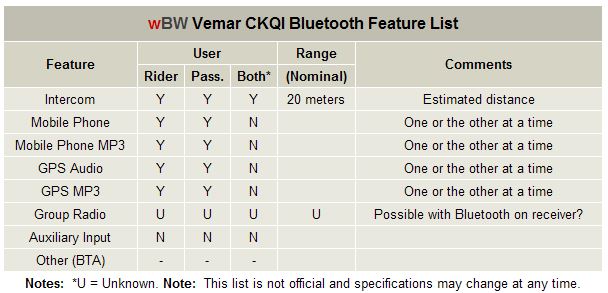
The second button towards the front raises the volume or can be pressed to connect to a call. The volume can be cranked up pretty loud and you know when it’s maxed out when the final press emits a single high tone.
Although Vemar officially says that the CKQI Bluetooth system ” is not intended to be a high quality music sound system”, we think the sound quality is very good to excellent.
That’s even when compared to any other Bluetooth or helmet comm system we’ve tried.
The CKQI system is certainly not audiophile quality, but having true, functioning A2DP stereo is enlightening, to say the least, compared to the typically very cheesy mono sound experienced in other motorcycle Bluetooth communications systems.
We’re also not sure if Vemar includes the A2DP functionality or the dual speakers are included in the helmet in every country in which the CKQI is sold.
That’s because apparently there are some countries in Europe where stereo or dual speakers are not allowed, according to our Continental friends.
If that’s the case, it’s really too bad, because the stereo capability is one of the very nice features of this helmet.
We did not have a GPS system to use for pairing, but based on our success with all of the other Bluetooth devices we paired with the CKQI system, we would anticipate no problems and Vemar provides instructions for GPS pairing.
The instructions do recommend pairing a cell phone with the GPS, then pairing the GPS with the helmet.
Each helmet is supplied with a country-specific charger, and the manual says it will operate at currents between 110 VAC and 240 VAC. The book said it would take 3 hours for the initial charge and that’s exactly what it took.
We haven’t found the limits of the battery charge, but Vemar claims 10 hours of continuous intercom function and 16 hours of standby when paired to a cell phone.
Note that the Bluetooth instructions also recommend keeping the battery within a temperature range of 15 to 25 C (59-77 F), which means that anything below or above will probably affect the estimated battery charge.
The instructions also warn that the batteries will only reach their peak abilities after being completely charged and completely discharged about 3 times. Vemar claims the battery can be recharged “hundreds of times”.
When the battery gets down to a minimum charge, the system will warn the rider by emitting three consecutive tones at 5 minute intervals. And the system will shut down if not used (and if everything is completely quiet; i.e., no wind noise) if it hasn’t been used in 30 minutes.
Score: “Outstanding” Bluetooth capabilities, ease of use and operation.


Vemar CKQI Ventilation
Not much to say here; we’ve been using the CKQI helmets in open-face mode, due to the hot and humid August weather we’ve been experiencing lately.
So the ventilation is typical of an open-face helmet; that is, you have all the ventilation you need, like it or not!
The CKQI has a top vent but the EPS foam has a glued-on thin fabric liner attached, between the padding and the EPS, which blocks any air from coming in the vent.
We’re not sure where the air that comes through the top vent actually goes when it’s inside the helmet.
The helmet also has two rear exhaust vents, but it’s difficult to determine how well they function either.
Score: We’ll give the CKQI a “Good” score for ventilation.


Where to Buy Vemar CKQI Helmet
Check Reviews & Prices on Amazon Check Reviews & Prices On RevZillaSee More Motorcycle Helmets, Motorcycle Visor, Motorcycle Intercom
Helmet Weight
Without the chin bar, the size XL CKQI weighs a relatively light 1462 grams (3 lbs., 3-5/8 oz.).
The chin bar weighs 145 grams (5.125 oz), so we listed the total weight at 1607 grams, which is fairly close to the median weight of the 119 helmets we’ve reviewed as of this date.
But we will assume that the CKQI will be worn sans chin bar by most riders, so the 1462 grams, including the Bluetooth system with speakers, is reasonable.
The helmet feels unperturbed when riding, and the large face shield does a good job (for an open-face helmet) of protecting the rider’s face from the wind blast.
For comparison purposes, some of the helmets in the weight range of the CKQI on the wBWMotorcycle Helmet Weights page include:
Note that we listed the CKQI’s full weight with the chin bar at 1607 grams, which is nearly identical to the Shoei TZ-R and Shoei RF-1000, both in size XL also.
See the wBW Motorcycle Helmet Weights page for the entire matrix and graph comparing the weights of all of the open-face, full-face and flip-up helmets we’ve reviewed.
Score: We’ll give the CKQI an “Excellent” rating for its relatively light weight and balance.
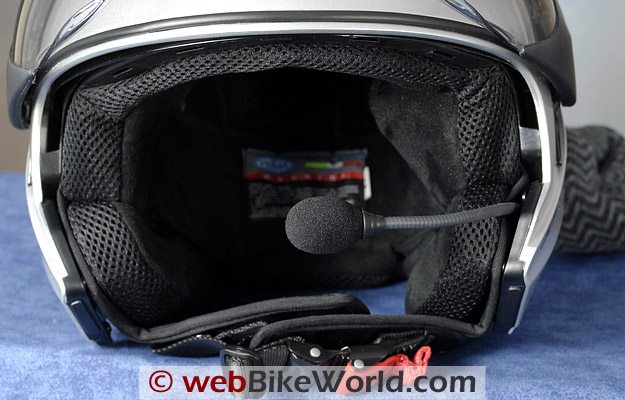
Vemar CKQI Face Shield and Internal Sun Shade
One of the most noticeable features of the CKQI is the large face shield, which covers a portion of the top of the helmet above the brow, even when the face shield is completely lowered. This is what give the CKQI its “Mantis” look.
The face shield has excellent optical qualities and it feels stiff, so when it’s raised or lowered by one or the other lifting tabs located on either side, it has a feeling of quality.
The internal sun visor has a straight edged bottom, and like most of these devices, it could probably have another 15 mm or so of travel, but in general it works fine.
The lever that raises and lowers the internal sun visor is slightly difficult to locate on the left side of the helmet and it has a short throw, making it difficult to place the visor in an intermediate position if desired.
The optical quality of the internal sun visor is also excellent. We can’t comment on the anti-fog capability of the face shield, due to the warm weather.
Score: We’ll rate the visor clarity, operation and visibility as “Outstanding”.
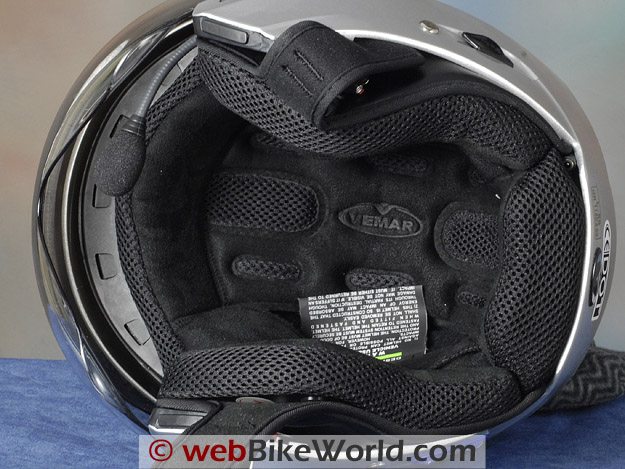
Noise Levels
Again, not much to say here, as the noise levels while wearing the CKQI are about what can be expected for an open-face helmet.
A correct fit is a snug fit with the CKQI, however, and if this is achieved, the helmet does seem quieter than other open-face designs.
The large face shield does a good job also at blocking the wind and resulting wind rushing noise.
The face shield is shaped so that the nose cut-out is actually necessary, because if the helmet is worn correctly (i.e., pulled down towards the front, over the rider’s head and brow), the face shield provides excellent coverage.
We suspect that the touring crowd is the primary target market for the CKQI, and riding behind a large windscreen is perfect for this helmet. And, of course, the Bluetooth intercom capability makes rider-to-passenger communication a breeze.
Note that our helmet evaluations are a combined effort of several riders over time on different types of motorcycles with and without windscreens.
Evaluators wear correctly fitted, high quality ear plugs (even when evaluating motorcycle intercom systems).
Always protect your hearing when riding a motorcycle. See the wBW Earplug Reviews for more information on choosing and wearing earplugs.
Note also that perceived noise levels will vary, depending on the individual.
Noise can be caused by many factors, including helmet fit, the type of motorcycle and windscreen, wind speed and direction and even the rider’s clothing.
For more information on helmet noise, visit the wBW Motorcycle Helmet Noise page.
Score: We’ll give the CKQI a “Very Good” rating for noise control.
Miscellaneous
The CKQI uses a European-style ratchet attachment system, which we find more complex and cumbersome than a simple D-ring system. This one feels thick and the padded flaps underneath are thin, which can lead to some discomfort.
As we’ve said many times, the simple, light weight, flat and infinitely adjustable double D-ring system has been proven over so many years, and it would have been the attachment system of choice on the CKQI.
The CKQI is labeled as meeting both DOT and ECE safety standards, presumably as an open-face design.
Vemar provides a 5-year warranty on the helmet (starting from the manufacturing date), which, as they say, covers virtually the entire expected lifetime of the helmet.
Conclusion
The Vemar CKQI has a slightly peculiar fit, and since the primary purpose of a motorcycle helmet is to protect the rider, this is crucial.
But if it fits, the CKQI has style, very good build quality and a first-rate Bluetooth system that’s both easy to use and features excellent stereo sound capability.
| wBW Review: Vemar CKQI Bluetooth Helmet | |
|---|---|
| Manufacturer: Vemar Helmets | List Price (2009): $425.00 |
| Colors: Black, white or silver. | Made In: Italy |
| Sizes: XS-2XL Shell Sizes: 2 | Review Date: August 2009 |
|
Rating Scale is subjective: Unacceptable, Poor, Neutral, Very Good, Excellent, Outstanding.
|
|
Where to Buy Vemar CKQI Helmet
Check Reviews & Prices on Amazon Check Reviews & Prices On RevZillaSee More Motorcycle Helmets, Motorcycle Visor, Motorcycle Intercom
Owner Comments and Feedback
See details on submitting comments.
From “H.B.C.” (8/09): “Regarding your comment, “We uncovered only one quirk: if a call comes in while streaming music from the cell phone, the music connection is lost until the phone is rebooted.
We’re not sure if that is a problem with the phone (highly probable) or the helmet or just one of the natural quirks of Bluetooth itself. Also, note that the intercom function doesn’t work while music is being streamed to the helmet.”
As documented in all the submissions, systems are priority based (common sense design and legalities in most market areas).
And 99.9 percent of the systems on the market have the mobile phone or GPS audio as Priority One, so it will override the music, which is typically Priority Three or lower, and the Intercom, if present, that is typically Priority Two.
The reconnection or resumption issue is primarily a phone-based issue.
It depens on whether the AVRCP profile is supported or some of the media handling protocols are supported by both the phone and the headset under the Hands Free Profile or the Headset Profile.
It is typically a hit n miss situation. All the systems I have reviewed recently, less the TWIINS, will resume the music and/or intercom once any higher priority session is completed.
And for the second, “The system also allows voice control over the cell phone (if the cell phone has this capability) and it works flawlessly for us”.
Your observation here supports my point above that the Hands Free and Headset Profiles are fully implemented allowing voice control.
The intercom is probably Class 2 with CDMA coding, but not sure if its identified in the manual anywhere.”



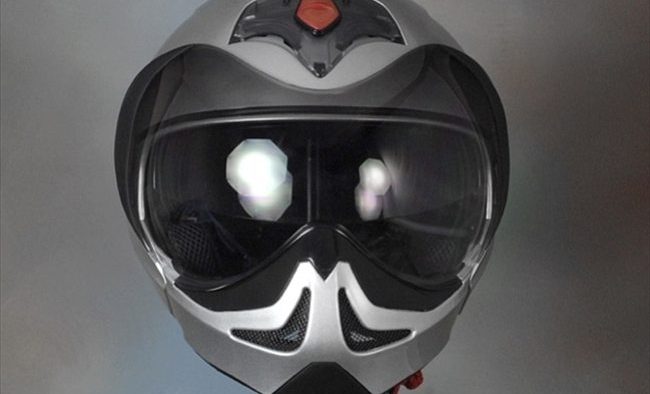


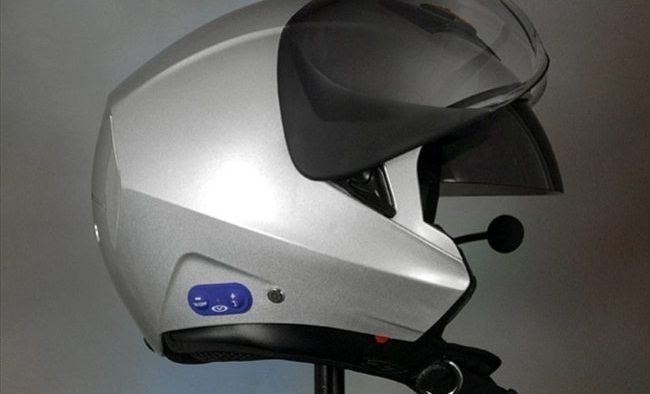
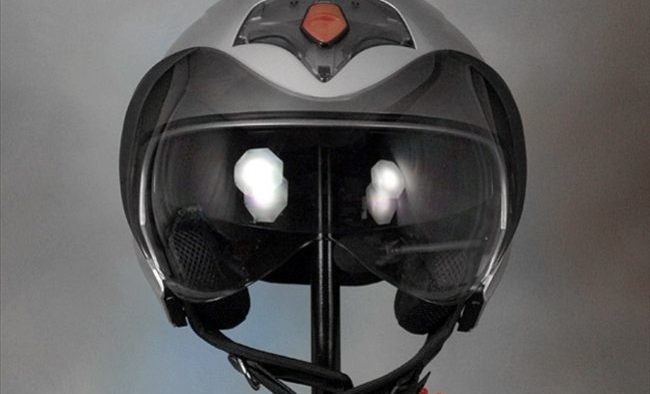


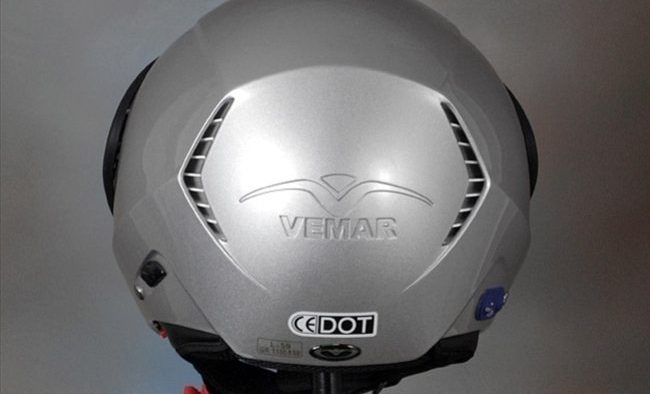


No Comment